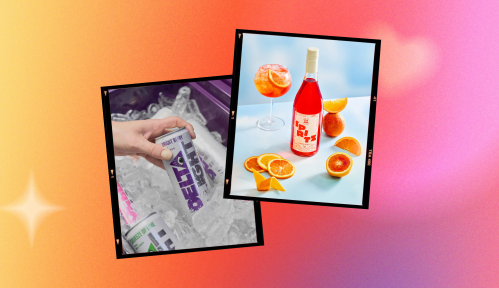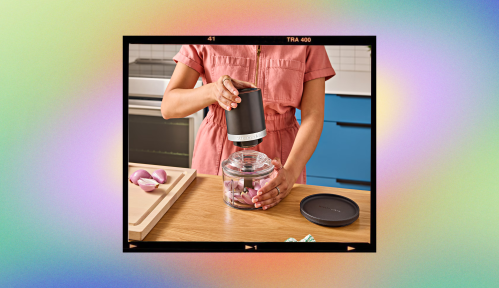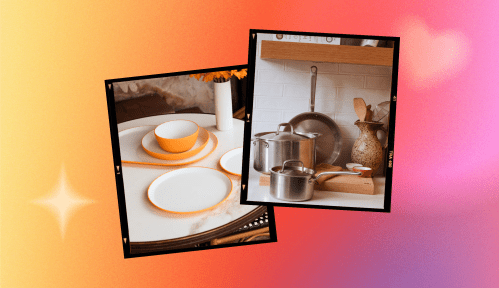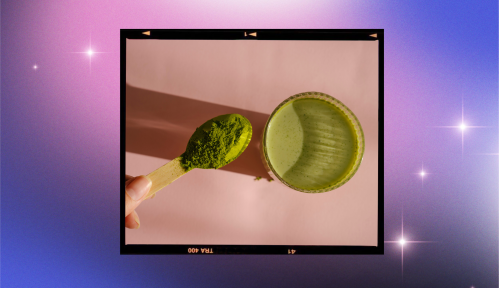Our editors independently select these products. Making a purchase through our links may earn Well+Good a commission
‘I’m a Japanese Chef, and This Is the One Product I Can’t Live Without for Cooking the Perfect and Fluffiest Rice Every Single Time’
Chef Naoko Takei Moore shares why she loves cooking almost everything in her donabe pot, like rice, soups, and stews.
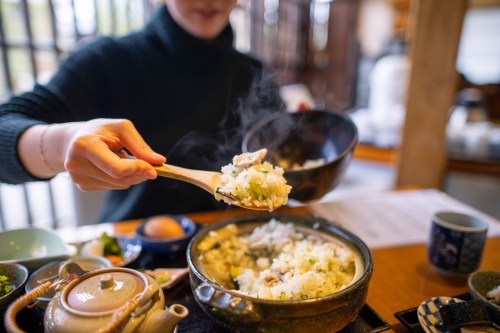
Just like the banged-up (but very precious) Dutch oven handed down from generation to generation, beloved cookware tends to become part of the family. This might mean a 50-year-old cast iron skillet for some folks, or great-grandmother’s tortilla press for others.
Experts in This Article
In Japan, however, a donabe—a unique pot made of clay for use over an open flame in Japanese cuisine—carries unique cultural significance. For chef Naoko Takei Moore (aka, “Mrs. Donabe”), a chef, cookbook author, and the owner of Toiro (a kitchen supply store in West Hollywood, CA), it not only functions as a super practical tool for cooking a variety of delicious meals but also as a vessel for making tons of special memories.
What is a donabe?
According to Moore, donabe is a Japanese name for clay pot (do means “clay,” nabe means “pot”) that has a long, rich history, dating possibly as far back as the eighth century. “There is no [official] record, as the history of the clay pot is so old. The ancient clay pot in Japan was made more than 10,000 years ago. Donabe has been used by Japanese people since the time when the only heat source was fire,” Moore says.
This sturdy pot has a thick-walled bowl base with a dome-like lid that sits on top. It’s made of heat-resistant clay meant to cook over a direct heat source like a flame. Though they come in a variety of shapes and sizes, one thing is for sure: They’re absolutely gorgeous to look at and even better for cooking.
Over the years, donabe production has expanded, and you can find various designs on the market. But there’s one brand in particular that Moore swears by. “The kind I use is hand-crafted by Nagatani-en [a historic donabe producer since 1832] in Iga, Japan,” she says. Since 2008, Moore has worked closely with Nagatani-en to bring the donabe Stateside (and to her kitchen supply store) and share the joys of cooking with this tool.
What can you cook in a donabe?
Think of a donabe as a well-designed and practical one-pot cooking wonder that can make a wide variety of dishes. “Donabe is meant for everyday cooking, and you can make a hot pot, soup, stew, etcetera,” Moore says. But out of all the ways to use this handy vessel, what are some of her favorites? “I use different kinds of donabes every day for many different styles of cooking. So, it’s hard to say which is my favorite,” she says. “But, hot pot is one of the most frequented—and also typical—dishes you can make with donabe. I like a simple hot pot of fish, tofu, and vegetables in a dashi broth.”
Moore says the first time she tried rice made in a double-lid donabe rice cooker called a Kamado-san completely blew her away. “It was no doubt the best quality rice I had ever tasted, and didn’t even need any condiments because it was just so delicious as itself,” she says. “It tasted better than any rice cooked with any kind of rice cooking tools I had ever tried.”
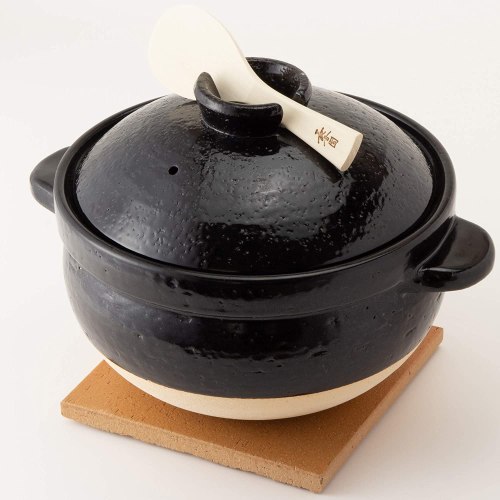
Kamado-San Donabe Rice Cooker — $277.00
For more inspiration on what to make in a donabe, you can check out Moore’s cookbook, Donabe: Classic and Modern Japanese Clay Pot Cooking ($24), dedicated to cooking with this tool. (It’s filled with tons of rice, stews, and hot pot recipes.) Moore recently curated a “donabe essentials” NYT Cooking Kit ($95) featuring her top picks of artisanal ingredients that are versatile, flavorful, and easy to use for hot pot recipes such as konbu and togarashi.
What is the cultural (and personal) significance of a donabe, according to this Japanese chef?
For Moore and many other Japanese cooks, a donabe is much more than just a pot. “It’s like a national cookware for Japanese people. It’s not just what’s cooked in a donabe that’s significant, but donabe also symbolizes Japanese communal dining culture. It’s often meant for tabletop cooking or dining to bring people together,” she says. This is why she takes special consideration when choosing the best ones to use and carry at her store.
“The perfect donabe can be so personal and varied. For me, I always use hand-crafted donabes from Iga, Japan. The more you use it, the more character, or patina, your donabe will grow. It starts to get darker on the bottom, and also on the inside, it will develop thin crackles called kannyu,” she notes. Which are “healthy and welcoming characters” that she describes as “wabi-sabi,” a Japanese term for the beauty of imperfection, that creates a more personal attachment. “With proper care, donabe can last for many decades,” she says.
Ready to get one? Before you do, keep the following tip from Moore in mind: “You can choose your donabe according to your needs or aesthetic preferences, but it’s always good to have at least one classic style—like a casserole-style—donabe.”
Cozy weather is here, which means that soups are definitely on the menu:
Sign up for the Well+Good SHOP Newsletter
Get exclusive deals on wellness, beauty, fitness, and food products that have been hand-picked by our editors.
Got it, you've been added to our email list.
